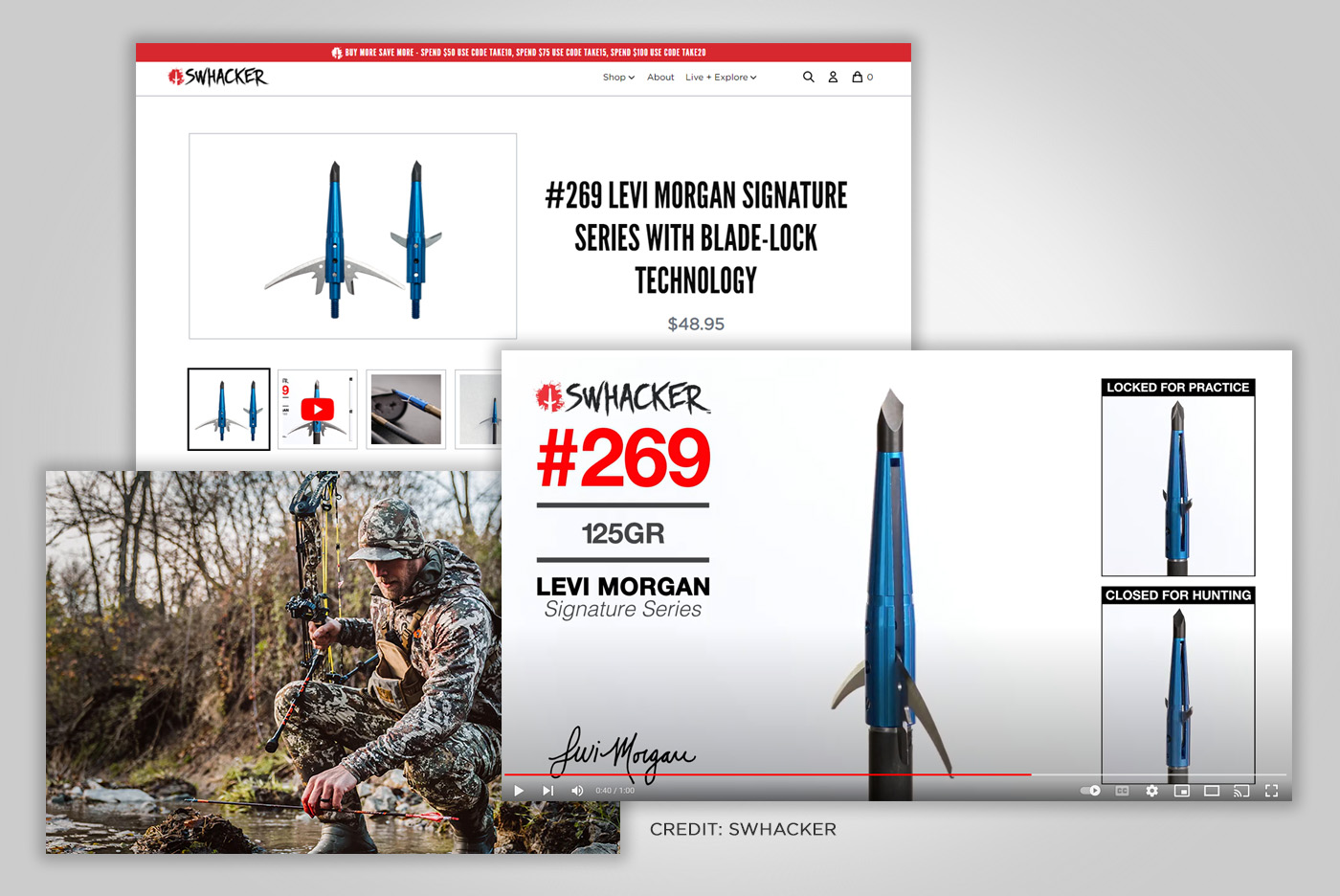Give Your Products the Best Shot at Converting
Selling products online is the hardest sales job around nowadays. Your eCommerce sales strategies wholly depend on users visiting a page, paying for a product, and waiting to receive it, all without speaking to a salesperson. Your products are out on their own little islands with only their product detail pages to encourage sales. It’s up to us to incorporate the best eCommerce strategies to fully optimize product pages to give them a fighting chance against the competition.
So what makes for optimized product pages?
How do we know if we’re doing things correctly or if we need to find other ways to give our product pages a boost? Below are the top three things to consider.
1. Give Users the Information They’re Looking for Immediately
If your products are already competitive in your vertical, you should be able to rattle off a list of distinguishing features that set your products apart from the field. This elevator pitch should directly influence how your customers interact. These users landed on your page for a reason, so it’s up to optimization to ensure conversion.
You may hear the term “above the fold” applied here, which describes the elements on a page the user sees before they have to scroll down the page. We want to have the essential information for your product readily accessible to your users before any additional effort is needed from your page visitor. These would include elements, such as
- Price (along with discount/sale information)
- Prominent CTA – It should be blatantly clear how to purchase your product
- Photos/Videos demonstrating how your product is used in everyday life
- 2-3 of your most essential product descriptors – pick the punchiest features to highlight here
Give them the chunks of information they hoped to find on your page. Don’t leave anything to chance. If this helps you convert a good number of potential customers, how should those non-purchasers be handled?
2. Provide Quick Answers for Potential Customers’ Questions
Once a user lands on our product page, we are bound by the content on that page alone to convert a sale. While the information readily available influences a good portion of visitors to purchase, a number of other potential customers will need more information before committing to the sale.
As a leader in your company, most of this information comes from direct experience and knowledge of your customer base.
- What do your customers usually ask after being introduced to the product?
- What do past customers have to say about the product?
- What can industry experts say about this product?
- Is there a story behind the product?
If you’re capturing the 80% of future customers through the immediate “pre-fold” landing page experience, the remaining 20% can be converted more successfully by providing answers to these questions throughout the rest of your product page.
3. Utilizing Professional Photography and Videography for Your Products
There are few things that allow customers to experience a connection with your product better than professional photos and videos. Without the luxury of putting products directly into potential customers’ hands, eCommerce product pages need to paint a picture of how they’ll enjoy the product.
How does this product fit into my life?
For clothing, what does it actually look like on someone’s body? For camping equipment, how would these products fit in my tent or backpack? For canoes, would this canoe fit into my roof rack? By getting your products in front of a camera to show them at work and in use, you can help your customers better visualize an experience and ultimately convert on the page without the need of physically interacting with the product.
4. Stay Aware of Your Page Analytics
All of these points are great places to start when looking for ways to add a little extra to your online product pages. In the world of eCommerce, though, the data often speaks for itself. While you can add in a wealth of information on your product pages that help paint a full picture of what your product provides and the value it can bring to your customers, you will always benefit from seeing exactly how users are interacting with your product pages.
The key method to improving conversions and encouraging sales is to see how customers are converting right now. What do the analytics say?
- How many users visit your product page, and what percentage of them convert to sales?
- How long do users typically spend scrolling through your product page?
- What elements are your visitors engaging with on the page?
It’s always a good idea to schedule regular data and reporting checks to see performance.
Need Some Help Refining Your Current Approach to eCommerce?
The team at Kelly Brand Management works with clients daily to help optimize their product pages across a number of industries and online platforms, like Amazon and Walmart.com.
Find out more about what sets KBM’s eCommerce team apart front the rest by setting up a free consultation. You can also start by getting a free website audit. We’ll be happy to go over your site’s results with you.


 Previous Article
Previous Article